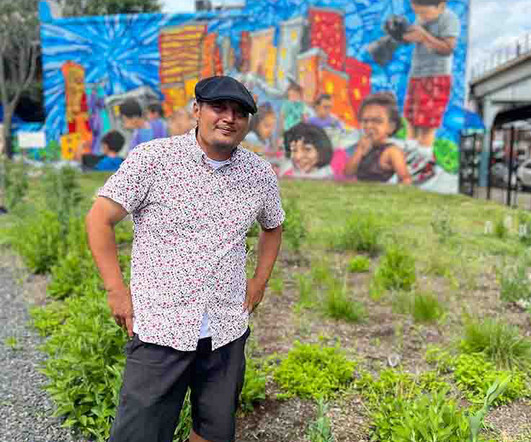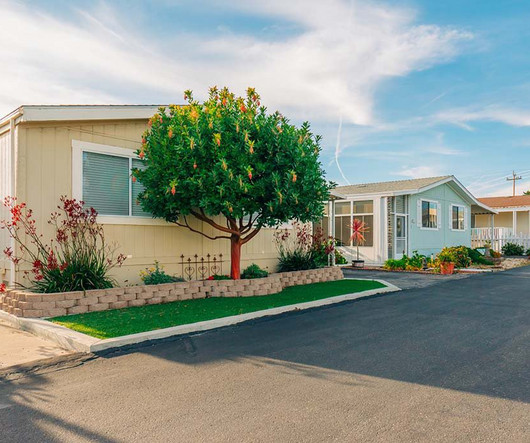The Next Generation of Mutualism
Stanford Social Innovation Review
APRIL 3, 2025
The capital markets that can invest in social enterprise are chaotic and low-impact. The bottom line is something of economic value must be exchanged between peers, and this economic value must be recycled back to the community to support their mission and goals. Each was started by just a few people.














Let's personalize your content